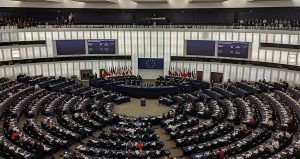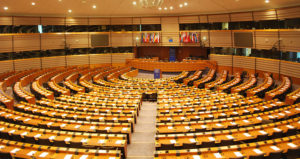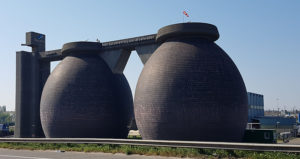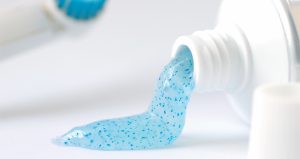European Parliament calls EU to act upon pharmaceutical pollution
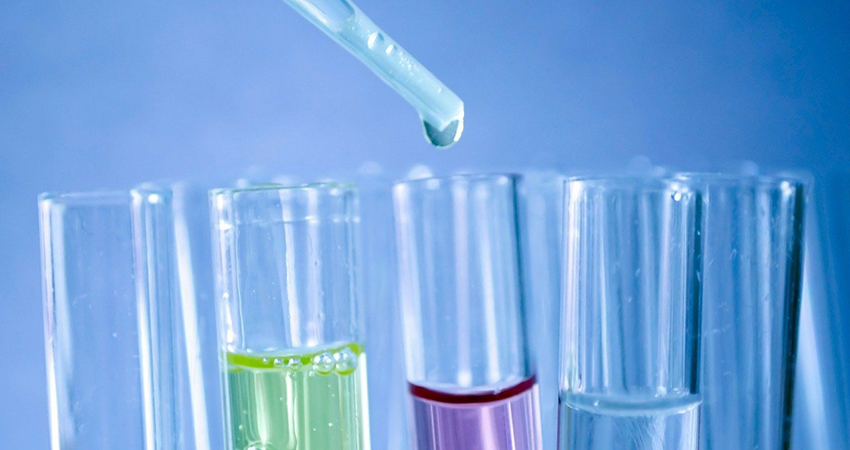
-
 Esther Rasenberg
Esther Rasenberg
Share article:
The European Union has to take measures to prevent pollution of the environment with pharmaceuticals. A majority of the European Parliament approved a resolution to a strategic approach to pharmaceuticals in the environment in a plenary Thursday the 17th of September. The European Parliamentarians are proposing to reduce the consumption of medication per capita, to support the development of green manufacturing and to improve environmental monitoring.
The resolution is presented after 18 months after the European Parliament welcomed a communication from the European Commission on the same topic in March 2019. At that time the EC announced to start with the strategic approach, but until now nothing has happened. MEPs stress that pharmaceutical products both harm ecosystems and reduce their future effectiveness for example by causing antibiotic resistance.
Antibiotics
According to an international study (April 2019) in seven European countries the use of antibiotics already mirror concentrations of resistant bacteria in wastewater. Higher concentrations of resistant bacteria are found in wastewater treatment plants (WWTPs) in Southern European countries. Medicines can affect water bodies, as they cannot be effectively filtered by wastewater treatment plants. In spite of low concentrations, there is a risk that patient health can be affected in the long-term. MEPs are particularly concerned that endocrine-disrupting properties of many medicines end up in the environment.
Green pharmaceuticals
The European Parliament is worried by the ever-growing overall consumption of medication per capita in the EU and calls for member states to share best practices in limiting preventive use of antibiotics and in disposing unused medicines. They encourage doctors and veterinarians to provide information on how to properly dispose unused medicines. Measures to reduce pollution should not only include end-of-pipe solutions like improving waste water treatment plants.
Prevention against treatment
According to recent OECD-research upgrades of WWTPs are costly, energy intensive and toxic transformation products may be formed during the treatment process. OECD Water researchers claim that prevention early in a pharmaceutical’s life cycle may deliver the most long-term and large-scale benefits. ‘However, in combination with other approaches, extra treatment at the level of WWTPs may play a role in protecting the environment’, states the OECD water report ‘Pharmaceutical Residues in Freshwater: Hazards and Policy Responses’ published on 13 November 2019.
Supply chain approach
An effective solution should also encompass the entire life cycle of drugs, from design and production to disposal. The complete supply chain should be involved by preventing pollution. The resolution underlines the need for further development of ‘greener pharmaceuticals’, which are as effective for patients, but less harmful to the environment. In this context, it is important to make them more biodegradable whilst not impairing their efficacy.


